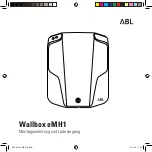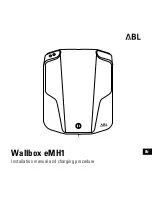
−
−
−
−
−
To shift from Re-
verse to Park, see the explanation
under Park. To shift to Reverse from
Neutral, come to a complete stop
first. Press the release button before
shifting into Reverse from Neutral.
Use Neutral if you
need to restart a stalled engine, or if
it is necessary to stop briefly with
the engine idling. Always shift to
Park position if you need to leave the
vehicle for any reason. Press on the
brake pedal when you are moving
the shift lever from Neutral to
another position.
Use this position for
your normal driving. The transmis-
sion automatically adjusts to keep
the engine at the best speed for
driving conditions. To help the
engine warm up faster, the transmis-
sion will select ratios that allow the
engine to run at higher speeds when
it is cold.
Selecting Second
shifts the transmission into a lower
range of ratios for better accelera-
tion and increased engine braking.
Use Second when you are going
down a steep hill, or in stop-and-go
driving.
For faster acceleration when in D, S
or L, the transmission will
automatically ‘‘kick down’’ to a lower
range of ratios by pushing the
accelerator pedal to the floor.
The CVT shifts automatically to
maintain proper engine speed in any
shift position.
When the vehicle reaches the
maximum speed in any shift position,
you may feel the engine cut in and
out. This is caused by a limiter (112
mph, 180 km/h) in the engine’s
computer controls. The engine will
run normally when you reduce the
speed to below the maximum.
To shift to Low, press
the release button on the front of the
shift lever. Use Low to get more
power when climbing, and for
maximum engine braking when
going down steep hills.
Automatic Transmission (CVT)
Driving
Reverse (R)
Neutral (N)
Drive (D)
Second (S)
Maximum Allowable Speeds
Low (L)
181
02/07/09 17:30:45 31S5P620 0184
Main Menu
Table of Contents
▲
▼
















































